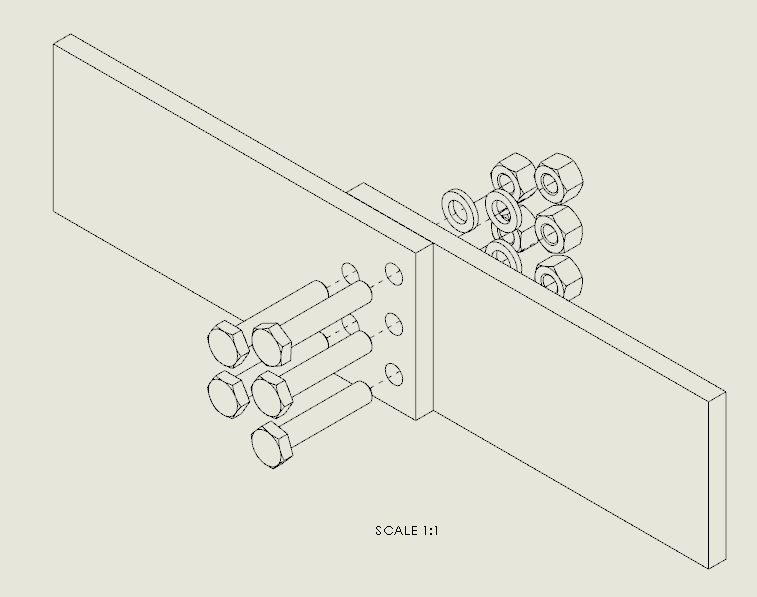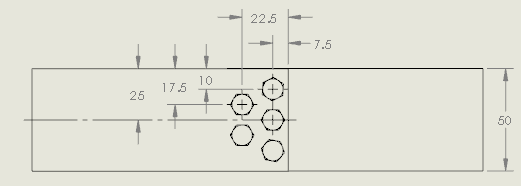vagulus
Mechanical
- Apr 22, 2014
- 51
How do I calculate the UTS of a multi-row bolted lap joint like this?

Anything I find in PDF involves someone's thesis (a bit over my head) or only involves one bolt (not much help).
Can someone point me to something in the middle for the case shown?
Thanks

Anything I find in PDF involves someone's thesis (a bit over my head) or only involves one bolt (not much help).
Can someone point me to something in the middle for the case shown?
Thanks

